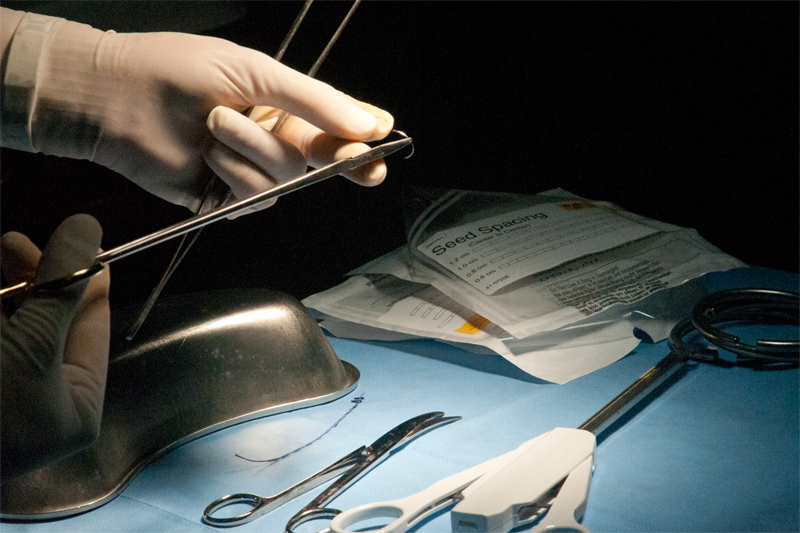Robotic Surgery

Technology continues to advance exponentially. This rapid advancement in the health care armamentarium has resulted in technology that reduces the invasiveness and hypothetical recovery times of a variety of surgical procedures. Robotic surgery can be defined as the use of a microchip that intervenes in a dexterous manner between the surgical operator and the patient. While robotic surgery may sound a bit unnerving at first, the surgical robot never performs any movements independent of the surgeon. Surgeons employ robots as surgical tools to attempt to help improve the precision of surgery. Surgical robots are controlled on a computer in a relationship that is categorized not as one requiring an autonomous robot, but rather a telemanipulator.
When surgeons use a robotic telemanipulator, they physically perform the movements required for surgery, but do not manipulate the tools directly inside of the patient. A microchip translates the console surgeon’s movements into computer signals which then control the robotic device that performs the surgical movements inside the body. The machines are able to provide smoother motions than are physically possible with the human hand, allowing for precise procedures that may allow for more efficient procedures and quicker recovery time.







